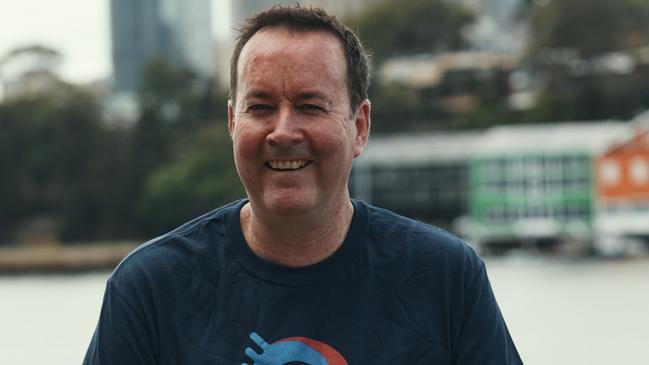Superannuation’s June strategies to boost your 2022-23 refund
Time is running out for super fund members to earn big tax deductions and save thousands with these end-of-financial-year strategies.
Super fund members can save thousands of dollars in tax this year by using catch-up contributions and other smart moves, but they will have to act fast.
Some workers and investors have less than two weeks to pump extra cash into their superannuation before their fund’s end-of-financial-year cut-off date.
Super specialists say strategies such as catch-up contributions, co-contributions and spouse contributions are unknown to many, but can be lucrative when used wisely.
New research by online financial advice platform Otivo found two-thirds of Australians do not know about their superannuation investments and only one-third have researched what their super fund can offer.
Catch-up super contributions – officially called carry forward contributions – are relatively new, and Otivo founder Paul Feeney says they are worthwhile for those able to make them, but he warns there are rules and potential traps, and “it’s got to be done the right way”.
“The more money you get into super, the better off you are going to be in retirement,” he says.
Australians are allowed $27,500 each year of tax-deductible contributions, known as concessional contributions. These include employers’ compulsory payments and salary sacrifice, but most workers have space left in their annual cap.
Since 2018-19, people can carry forward unused amounts of concessional contributions for up to five years, potentially delivering them a much larger tax deduction if they play catch-up.

BEWARE TRAPS
There are potential pitfalls. It’s unwise for those struggling financially to lock away money in super until retirement, and Feeney says the cap itself has changed over the past five years, which may confuse some.
“Only in 2021-22 did it go up to $27,500 – before that it was $25,000,” he says.
People can visit my.gov.au and click on their superannuation on the ATO page to discover if they are eligible for carry-forward concessional contributions, and how much they have available.
Those with larger super accounts are excluded. “If your super balance is above half a million dollars, you cannot do the catch-up contribution,” Feeney says.
There are other ways to get money into super and enjoy its tax benefits, including:
• Non-concessional contributions, from your own savings, of up to $110,000 per year – there is no tax deduction but your money enters the low-tax super environment.
• Spouse contributions, for people whose spouse earns below $40,000, that deliver a $540 tax offset if they pump $3000 into their partner’s super.
• Co-contributions for people earning under $57,016, where the government pays up to $500 into the account of someone who contributes $1000 themselves.
COMPOUND INTEREST
Financial strategist Theo Marinis says it can be an instant 50 per cent return on your money.
“You wouldn’t step over it if there was a pile of $500 notes sitting on the pavement as you walk past,” he says.
June is a good time to secure last-minute tax deductions, Marinis says.
However, don’t leave it until the very last minute, he warns, because super funds have cut-off dates for receiving member contributions – often between June 20 and June 25.
“Super funds are inundated by people putting money in at this time of the year … check your fund to see its cut-off date.”
Marinis says his firm recently helped a couple save more than $40,000 in tax because they sold an investment property and used carry-forward contributions to reduce their CGT bill.
“Super is all about as soon as you can, as much as you can, for as long as you can, then let compound interest do the heavy lifting for you.”

STRONG START TO SUPER SAVINGS
Lawrence Lai, 38, and wife Rosie consistently put extra money into their super.
“Pre-tax contributions mean we get more in our pockets, even though we won’t be able to access that until we turn 60,” says Lai, 38.
“My wife and I also see the benefit of growing our super as another investment in our portfolio, and making the most of the $27,500 threshold is a priority for us.”
Lai only discovered carry-forward contribution rules last year.
“You can even see how much of the carry forward cap is available via the ATO app,” he says.
“It’s a massively underrated investment option that many aren’t taking advantage of.
“We are stretching our super dollars more and are now receiving far greater annual returns via the investments within our super portfolio.






To join the conversation, please log in. Don't have an account? Register
Join the conversation, you are commenting as Logout